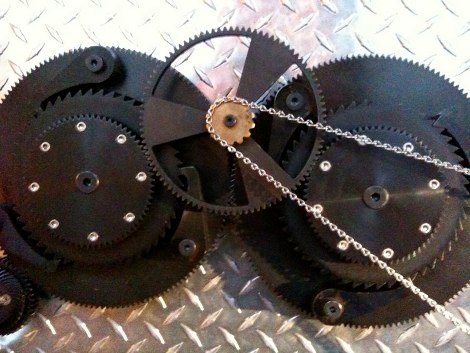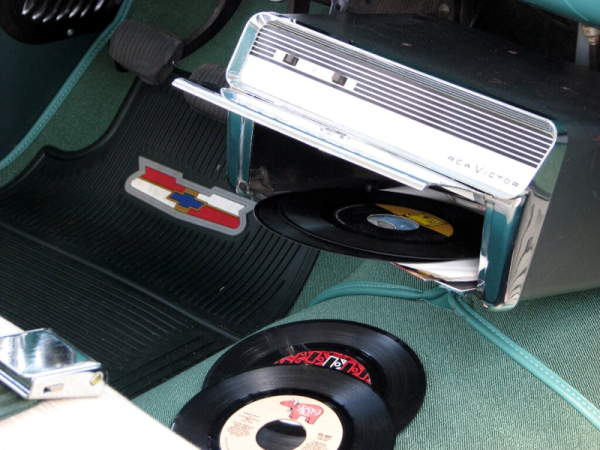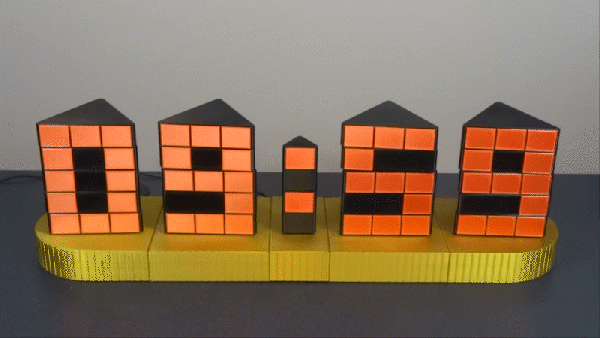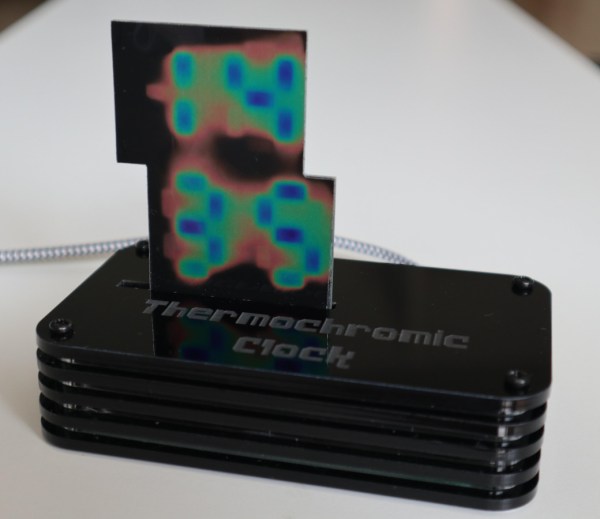
A diode allows current to travel in only one direction. With that in mind, [Alex] built a mechanical diode that will only allow gear rotation in one direction to be transmitted through the system. But wait, by connecting two of these devices together he’s built something of a mechanical rectifier. An electrical rectifier converts alternating current to direct current and this mechanical version outputs clockwise rotation no matter what direction of rotation is coming into the device.
There’s video which we’ve embedded after the break as well as many pictures on his site but not much explanation. Here’s what we’ve deduced. The two large gears are inputs. Mounted on top of them is a smaller ratcheting gear that will only turn in one direction. This ratcheting gear selects whether the smallest gear on the left or right will rotate, which then feeds the output gear at the top of this image. Continue reading “The Mechanical Diode”
















